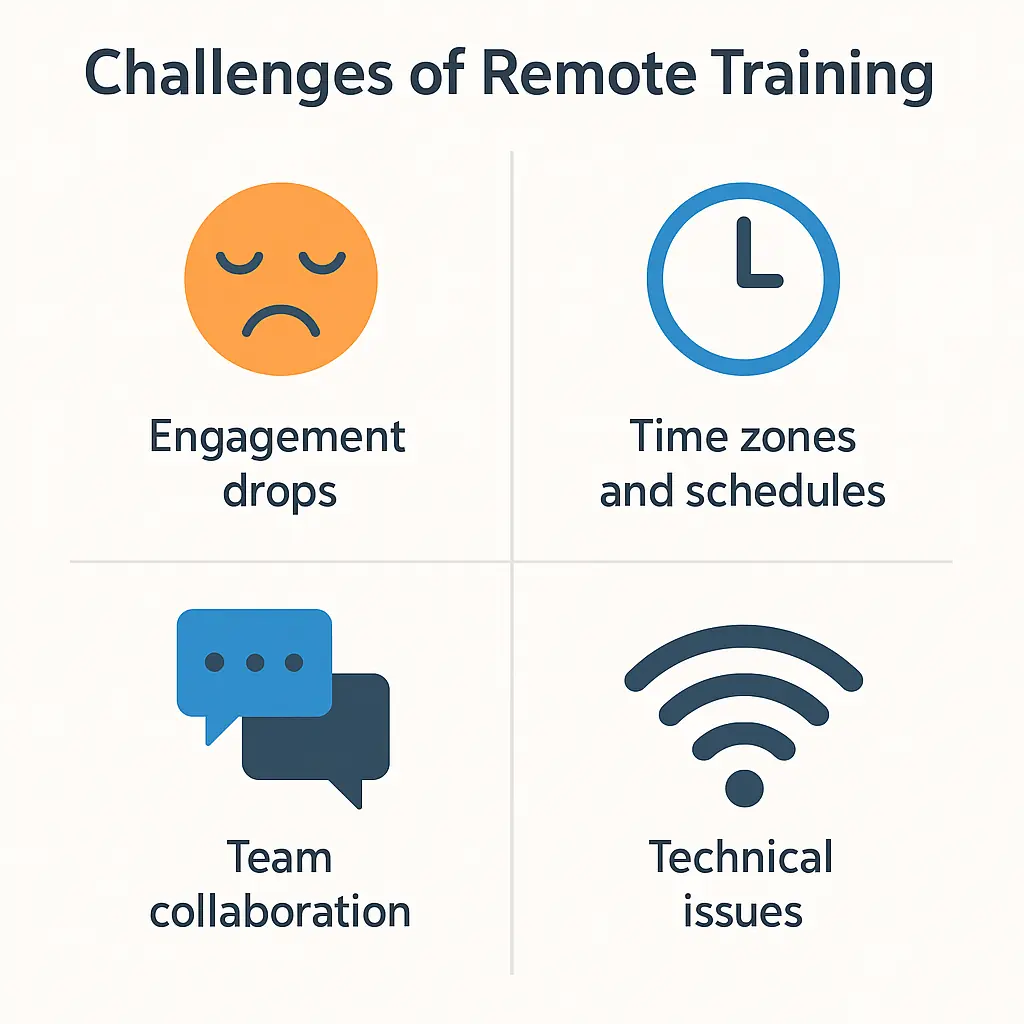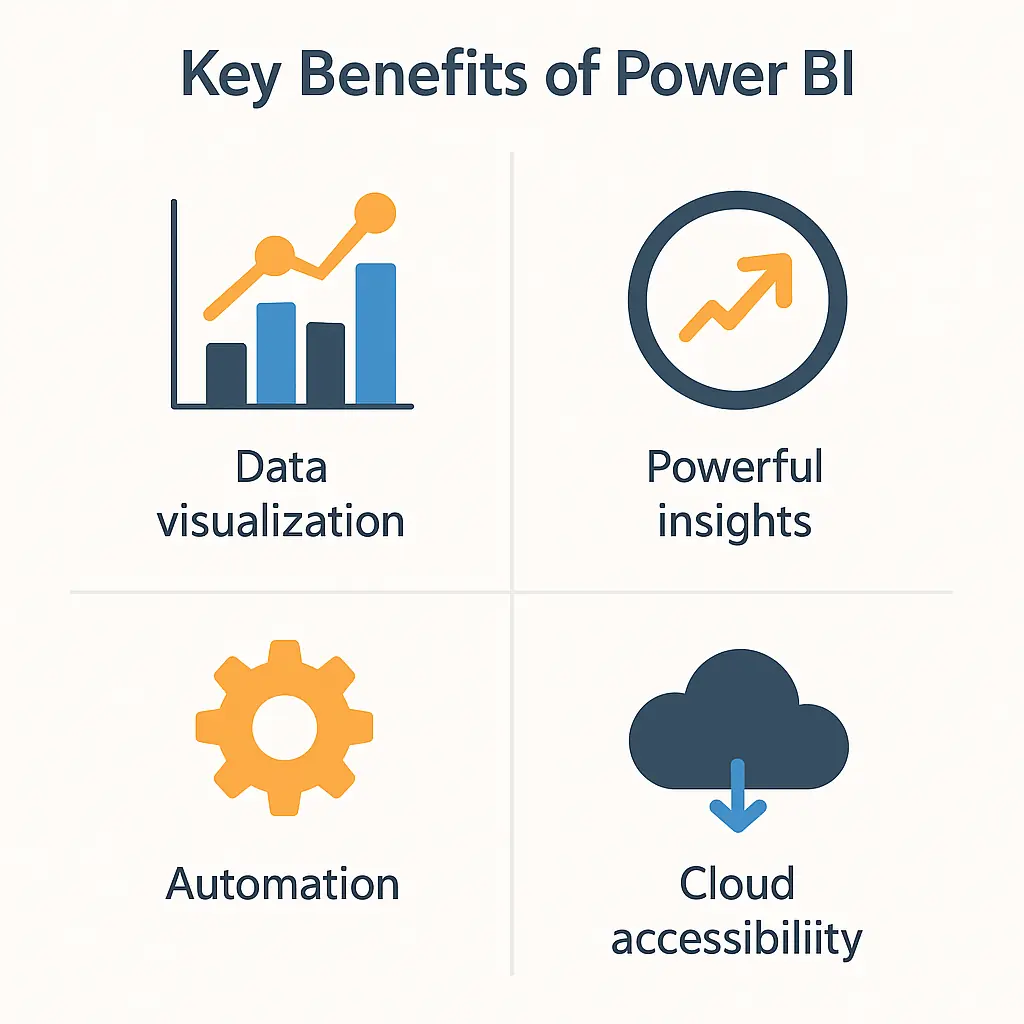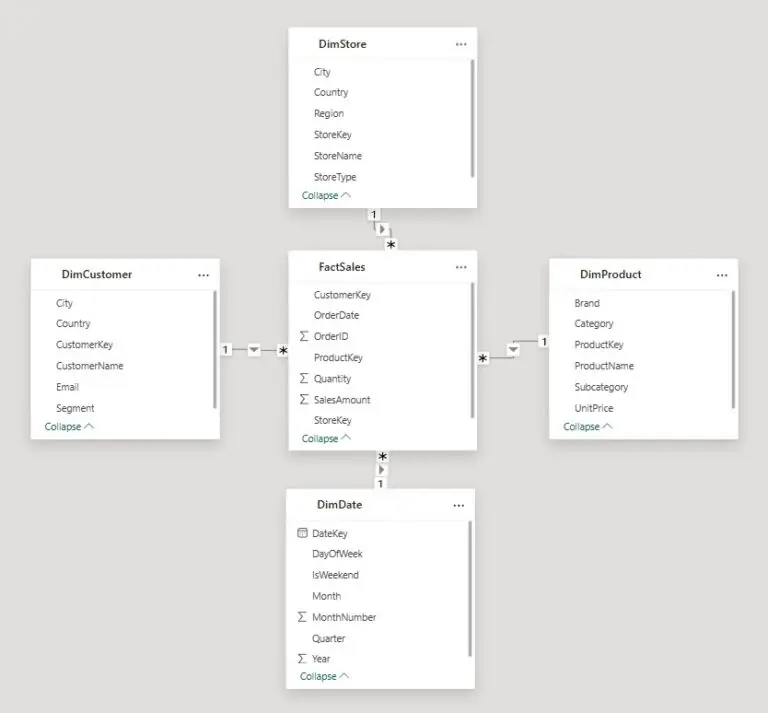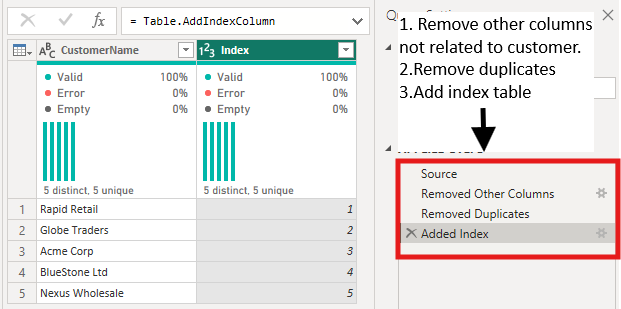
Power BI Remote Training for London Teams: Overcoming Distance
Contents
- 1 The Challenge of Remote Training
- 2 What Makes Great Remote Power BI Training?
- 3 Power BI Training Pathways for Teams
- 4 Best Practices for Training Remote Teams
- 5 How to Choose the Right Course
- 6 Post-Training: Ensuring Long-Term Adoption
- 7 Conclusion: Taking the Next Step
- 8 Why We Offer Remote Power BI Training
- 9 FAQs About Power BI Remote Training
In today’s hybrid workplace, data-driven decisions are no longer optional – they’re essential.
Microsoft Power BI has become the go-to analytics platform for businesses across London and the UK, but training remote teams presents a unique set of challenges.
Traditional classroom sessions don’t always translate well to distributed environments, and without proper design, virtual training can fall flat.
This guide explores Power BI remote training in London, the challenges of training distributed teams, and the strategies providers use to ensure learning sticks.
Whether you’re an HR manager, L&D leader, or team lead looking to upskill your analysts, this article will help you choose the right training path.
The Challenge of Remote Training
Remote training offers unmatched flexibility, but it also introduces friction points:
-
Engagement drops without interactive elements.
-
Time zones and schedules can slow progress.
-
Team collaboration is harder to replicate online.
-
Technical issues can disrupt live sessions.
A well-structured Power BI remote training programme addresses these by blending synchronous and asynchronous elements, using live labs, and providing post-course coaching.
What Makes Great Remote Power BI Training?
From analysing London’s top training providers, successful programmes share five characteristics:
-
Interactive delivery – Breakout rooms, polls, and live dashboards keep participants engaged.
-
Clear progression – Training structured by level: foundation → intermediate → advanced.
-
Real-world datasets – Delegates apply concepts to their company’s own data.
-
Microsoft certification alignment – Mapping to the PL-300: Microsoft Power BI Data Analyst exam.
-
Post-training support – Office hours, mentoring, and Q&A sessions to reinforce learning.
Power BI Training Pathways for Teams
Most providers in London offer tiered courses:
-
Foundation (Beginner) – importing data, building visuals, simple DAX.
-
Intermediate – modelling data, relationships, intermediate DAX, performance basics.
-
Advanced (DAX & M) – advanced calculations, Power Query (M language), governance, performance tuning.
-
Fast-track / Bootcamps – intensive sessions for teams needing results quickly.
Tip: If your remote team is mixed-ability, consider modular or tailored courses, so beginners don’t get lost and advanced users stay challenged.
Best Practices for Training Remote Teams
To overcome the distance barrier, London providers are increasingly adopting remote-first training design:
-
Blend live and self-paced learning: Combine live workshops on Teams/Zoom with recorded labs.
-
Encourage peer-to-peer collaboration: Assign team projects and group exercises.
-
Measure adoption, not attendance: Success is shown when dashboards are being used daily.
-
Provide technical setup guides: Reduce wasted time resolving connection or version issues.
How to Choose the Right Course
When evaluating providers, ask:
-
Do they customise content to your industry and datasets?
-
What is the ratio of lecture vs hands-on labs?
-
How do they support post-training adoption?
-
Are trainers Microsoft-certified?
-
Do they provide recordings and resources your team can revisit?
- What are the key benefits you want to get from Power BI?
Create a decision matrix scoring providers on these criteria, then balance cost against ROI.
Post-Training: Ensuring Long-Term Adoption
Training doesn’t end when the Zoom call finishes. To embed skills:
-
Offer follow-up coaching sessions for Q&A.
-
Build a community of practice where analysts share dashboards.
-
Track metrics like dashboards published, reports consumed, and queries resolved.
-
Schedule refresher workshops every 6–12 months.
This ensures your investment translates into a lasting data culture.
Conclusion: Taking the Next Step
Remote teams in London face unique hurdles, but with the right approach, Power BI training can be engaging, effective, and scalable.
By focusing on interactive delivery, certification alignment, and strong aftercare, you can ensure your team not only learns Power BI but applies it daily.
Ready to upskill your team? Get in touch today to discuss a tailored remote Power BI training programme.
Remote Power BI training is most effective when teams work with their own company data.
In one recent session, delegates built dashboards using live sales figures, which made the learning instantly practical.
This approach not only boosted engagement but also ensured immediate adoption back at work.
Our takeaway: real data creates real impact.
Why We Offer Remote Power BI Training
At Acuity Training, we’ve been helping professionals master Microsoft tools for over 20 years, and we know flexibility is essential.
Our remote Power BI training lets London teams and distributed colleagues learn together without travel barriers.
We keep sessions hands-on and interactive – with live exercises, group work, and the option to use your own company data.
And because lasting impact matters, we back every course with follow-up support and coaching options to ensure new skills deliver real business value.
FAQs About Power BI Remote Training
Is remote training as effective as classroom learning?
Yes, if designed well. With interactive labs, group work, and follow-up coaching, remote training can outperform in-person sessions for distributed teams.
How long does it take to train a remote team in Power BI?
Typical courses run 2–3 days, with optional add-ons like coaching or advanced DAX modules.
Can we use our company’s data in training?
Yes. Most providers encourage using live datasets to make training directly applicable.
- Facebook: https://www.facebook.com/profile.php?id=100066814899655
- X (Twitter): https://twitter.com/AcuityTraining
- LinkedIn: https://www.linkedin.com/company/acuity-training/




